As a passionate and experienced blogger on all things Poodle, I am excited to delve into the fascinating history of this beloved breed. With years of research and hands-on experience, I am confident in my expertise, authority, and trust in discussing the origin of the Poodle.
While there is much controversy surrounding the breed’s beginnings, I aim to provide a comprehensive overview of their emergence in different countries and their evolution over time. From their use in hunting to their popularity as a fashion statement, the Poodle has had a rich and varied history that has contributed to their status as one of the most beloved dog breeds today.
Join me on this journey as we explore the fascinating origins of the Poodle.

Read our Smart Poodles - Smart Tricks eBook for only $2.99
Dive into a treasure trove of engaging tricks and tips designed specifically for your poodle!
What Will You Learn? 👇
Poodle Origin
The origin of a Poodle can often be a controversial topic. In the Middle ages, around the 12th-15th century, Poodles appeared on carvings, artworks, coins, and Roman like tombs. The artwork would feature a dog with a curly coat or wiry, representing a Poodle.
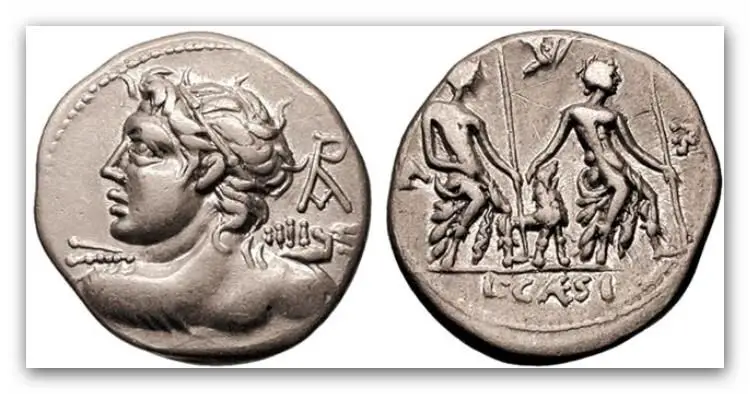
Today you’ll find many blogs and websites saying the Poodle first came from Germany with the purpose of breeding waterfowl. However, they emerged in three countries around the same time: France, Germany, and Russia.
All three countries had different versions of the Poodle, and all had used them for specific purposes.
German Poodle
The German Poodle was commonly referred to as the pudel. They were big-boned mainly kept to hunt and retrieve fallen game like ducks and birds from the water. Their name means to splash in the water.
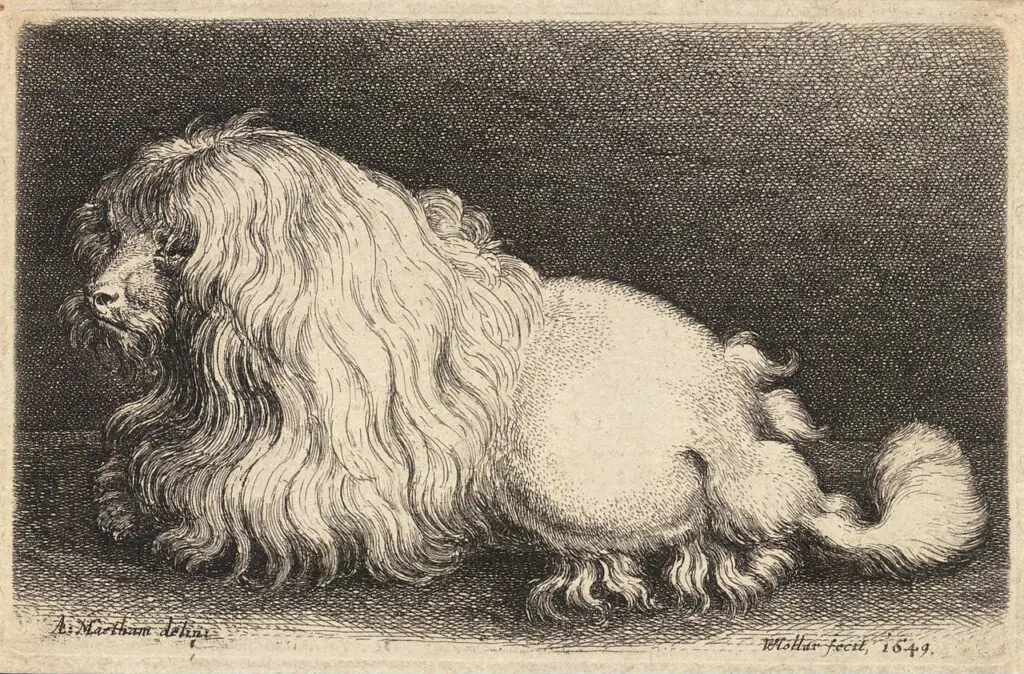
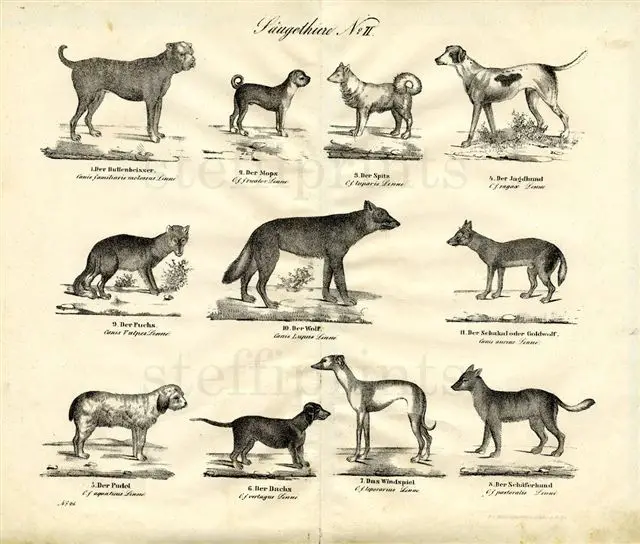
Russian Poodle
The Russian Poodle was seen as a lot more refined than its German cousin and taller, being more like a companion dog.
French Poodle
Poodles were incredibly loved by the fashion world due to their curly and woolen coats. Many kept these coats for styling and grooming. In France, Poodles were commonly known as “Caniche,” which meant “Duck dog.” They were seen as a status symbol for many owners. From France onwards, Poodles became the height of fashion with many different hairstyles.
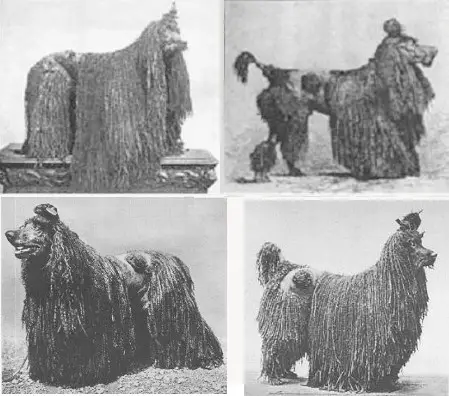
Until the 16th century, Poodles were mainly referred to as standards as they had to be large, strong, and able to retrieve fallen game. However, as hunting in the Middle ages was only used for the sole purpose of getting food and not for sporting reasons, the Poodle would sometimes drown due to their thick coat when attempting to retrieve the fallen bird.

Hunters adapted to this problem by cutting hair on their faces, feet, tails, and hindquarters. They only left hair on their chest, kidneys, and lungs to protect them. At this moment, the art of Poodle grooming began, which later led to different styles.
Miniature Poodle
After the Standard, breeders began experimenting to see if they could create a smaller Poodle. This was when the Miniature Poodle started to emerge in all three countries. It served as a great circus dog when it first came into existence. Due to its obedient nature and it being easy to train, the Miniature Poodle traveled from town to town.
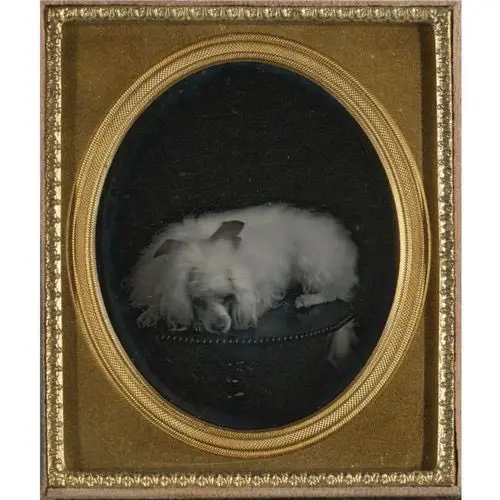
French Monarchy
Poodles became highly sought after in Europe, that a famous Spanish painter Francisco de Goya, rendered paintings of them in the 1700s.

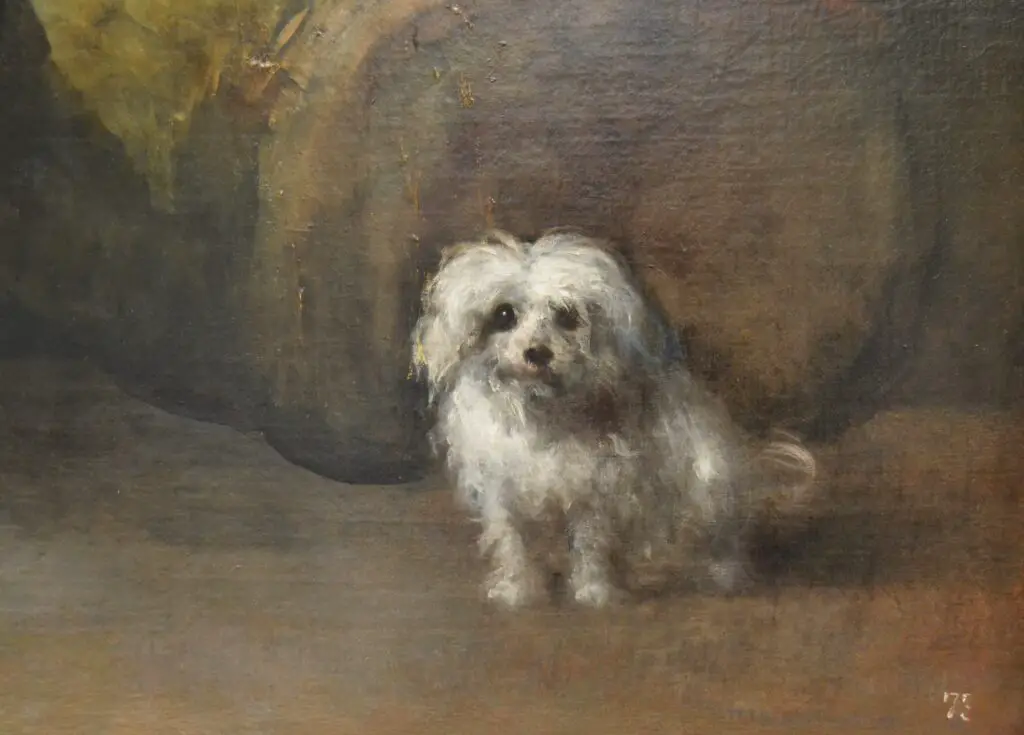
Even King Louis XVI of France commissioned this painter to create a portrait of a Poodle with his wife, Marie Antoinette. In the last era of France’s monarchy, the Poodle became the national dog in France because its appearance was important in French Courts, and the Poodle was famous in their court.
Next Stop Great Britain
Once all three Poodles were on the European continent, they traveled to the British Isles. Of course, many English and British people loved this breed, and so did the dog-show world. During the 19th century, Sir Edwin Landseer commissioned some family portraits where that memorialized the Poodle.
The popularity of the Poodle in Great Britain confirmed why Europeans already loved this breed. No matter what size of Poodle you have, they’re a great companion, whether it be for company or hunting. Older people especially loved the toy Poodle as it reduced loneliness and added a higher value to their lives.
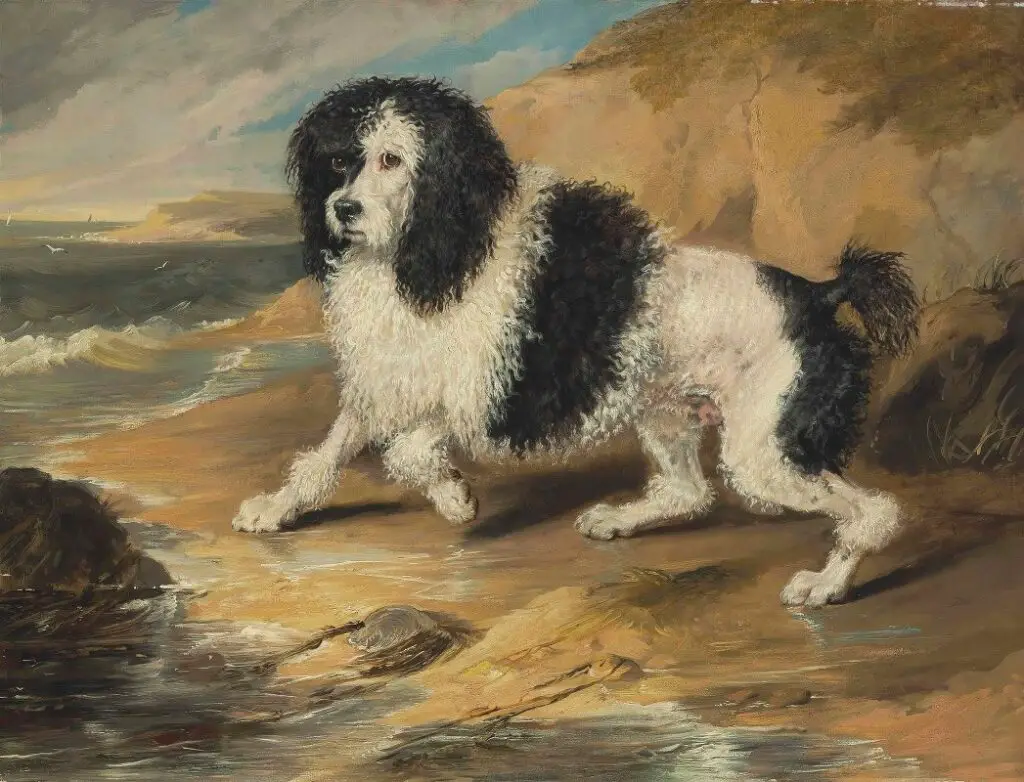
It’s also thought that the English Water Dog was created due to being crossed with the Poodle and other breeds. Toy Poodles were also used for breeding with Terriers to help create the Truffle dog. As small Poodles are used to locate and unearth truffles.
Poodle arrives in America
After England, the Poodle found its way to America and became incredibly popular from 1897 onwards. Just before World War I, Poodle’s popularity was at its height in American dog shows. Before World War II, Standards and Miniatures were recognized as separate breeds in the United States in 1887, while Toys were recognized as a separate breed in 1900.
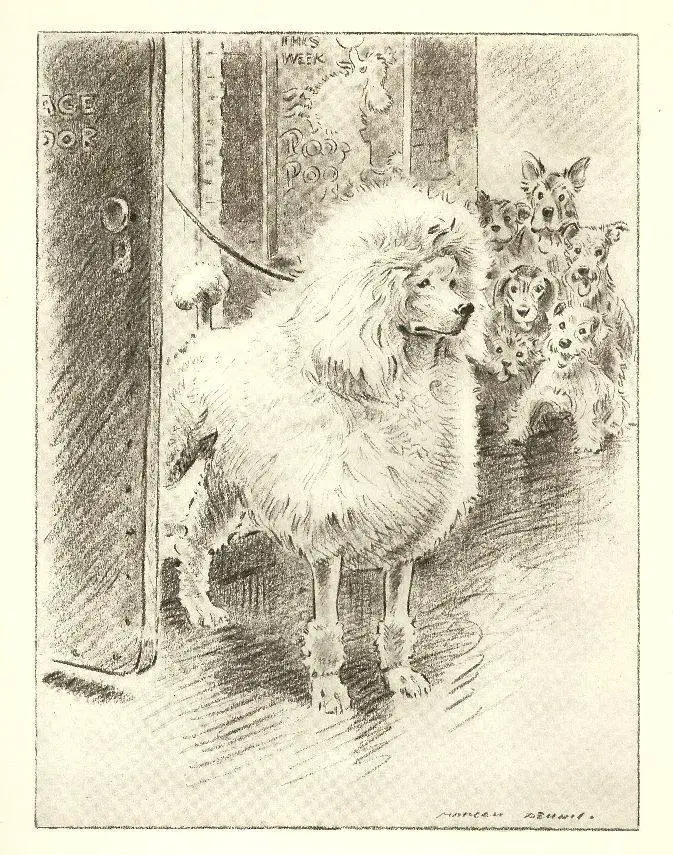
In 1931 the Poodle Club of America was founded to review the Standard of perfection for all types of Poodles. They provided them with classes of the same criteria regardless of their size. In the 1900s, some of England’s best Poodles and others from Europe were imported to America.
Today this genetic heritage often carries on, and the names of well-known English dogs often come up in pedigrees of modern American Poodles.
Later in the 1960s, the popularity of Poodles in America matched those in England And Europe. Poodles were the most popular dog breed in the American Kennel Club registration statistics. Since then, they’ve kept the status of being the most ten popular breeds.
Marko is the founder and author at PoodleHQ, where he blends profound expertise with formal training in Animal Behavior and Canine Genetics. With multiple generations of poodles under his care, he’s a breed connoisseur, honored with the Canine Care Excellence Award and lauded by the International Pet Enthusiasts Association.


Really enjoyed this article. It does give one a sense of the evolution of the poodle dog, standard, miniature, and toy sizes. It is strange how the poodle dog appeared in Russia, France, and Britain at approximately the same time. I wonder what the Russian poodle fog looked like. Also, how did the poodle dog as we know it today evolve from the frightening-looking lion beast of yore? If it is presumed all dogs evolved from wolves, why is there no resemblance in the earliest poodle picture shown in this article? Thank you.